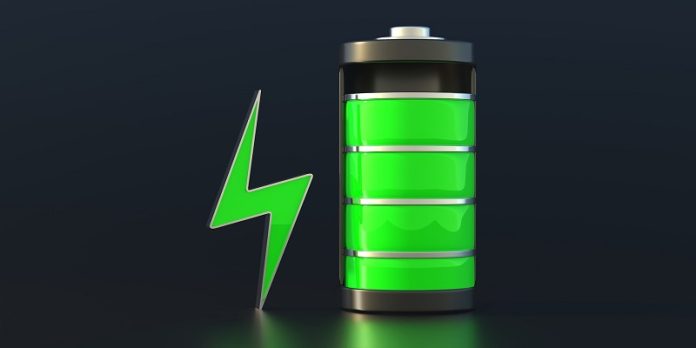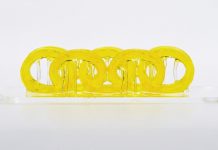
Think of a supercapacitor as a power bank for your phone.
But unlike your regular charger, it doesn’t keep your phone running for a long time.
Instead, it gives your phone quick, powerful bursts of energy when needed.
These supercapacitors are often used as emergency backup power for things like smartphones, cars, and small electronics. Imagine you’re recording a video in your car, and the power suddenly goes out.
A supercapacitor could help keep your video going until the recording is finished.
These supercapacitors are pretty tough. They wear out less and can last five to 10 years longer than regular batteries.
Also, they work well in extreme temperatures, from -40°C to +65°C. That’s twice the temperature range that a lithium-ion battery (the type used in most smartphones) can handle.
So, how does a supercapacitor work?
It has metal parts called electrodes that sit in an electrolyte. An electrolyte is a liquid with free-moving charged particles, like how table salt turns into charged Na+ and Cl- ions when you dissolve it in water.
The energy in a supercapacitor builds up in something called an electrical double layer (EDL) at the place where the liquid electrolyte and the electrode meet. The EDL has two parts: the electrode itself and the electrolyte ions that are drawn to the electrode because they’re oppositely charged, like magnets.
Researchers at MIEM HSE have come up with a mathematical model of this EDL where they use polymer-based electrolytes instead of regular ones.
These polymer electrolytes increase the supercapacitor’s ability to store electricity because they attract the electrode more efficiently.
Regular electrolytes are simple compounds like organic salts, acids, and bases, with free-moving positive and negative ions. Polymer electrolytes, though, are more complex. They have one type of ions (like positive ones) linked within long polymer chains, while the other type (negative ones) are free to move.
The researchers discovered something new: when the electrode has super tiny pores (equal to or smaller than 1 nm), the polymer chains can’t enter because they’re repelled by the pore walls.
One of the researchers, Professor Yury Budkov, explained this using a pasta analogy. It’s easier for short pasta pieces to pass through a strainer than long ones. But if the strainer’s holes are larger, long pasta can slip through. Polymer chains are like long pasta that can’t easily squeeze through a narrow pore.
This issue doesn’t happen with regular electrolytes because their ions are small enough (0.3 to 0.4 nm) to move within a 1 nm pore.
The researchers, including Junior Research Fellow Nikolai Kalikin, believe using polymer electrolytes smartly can help store more energy. They’re working on finding the best conditions for this to happen.
Supercapacitors can be useful in many areas, like renewable energy, robotics, and public transportation. Some electric buses, for example, use supercapacitors to charge up quickly at stops before moving to the next one.
The researchers are also working on a way to model double electrical layers mathematically. Their aim is to help engineers design more powerful and efficient supercapacitors by providing a better understanding of what’s going on inside them.



